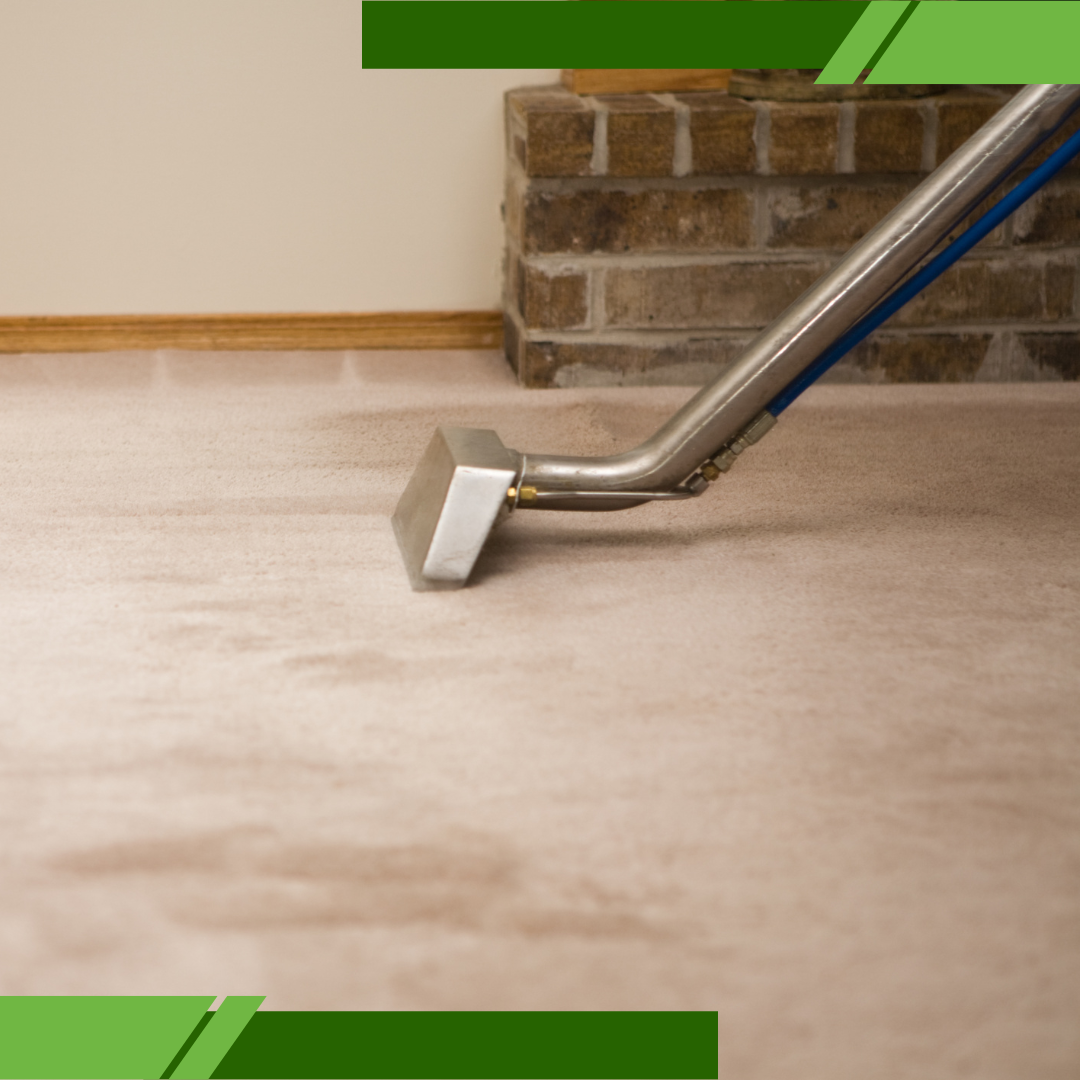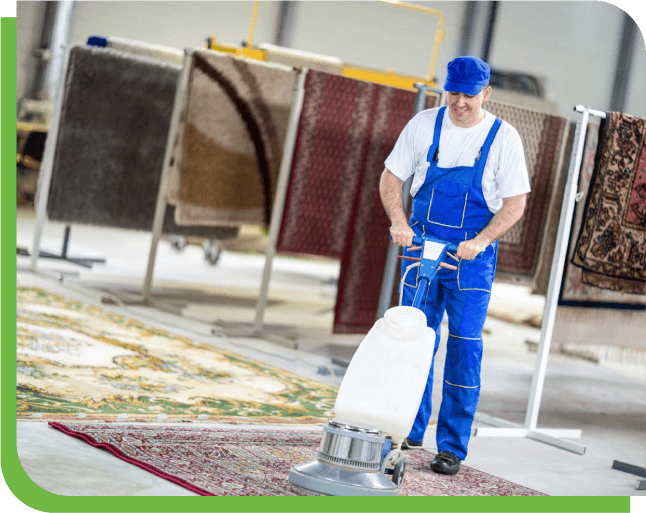Get in touch
Fill this up to proceed

We are committed to providing a world-class carpet, rug, upholstery, drapery or mattress cleaning services that will open your door to a happier and healthier green indoor environment.
Think of a sponge soaking up water in the kitchen sink. Carpets and rugs work in a similar way, except they don’t just hold water. They soak in dust, pet hair, skin flakes, and even small particles from outside shoes. This is the first truth about the science of soft surfaces and hidden traps you should know—these materials are not just resting places; they’re active collectors.
Another truth about the science of soft surfaces and hidden traps you should know is the link to allergies. Soft surfaces are comfortable, but they often hold pollen, mites, and other invisible irritants.
Imagine springtime in Beverly Hills. Windows are open, letting in warm breezes. Along with that breeze comes pollen, which falls right into the fibers of your favorite rug. Over time, those particles sit and stir into the air whenever someone walks by.
For families who live in luxury homes with thick carpeting, it’s especially important to get help from Carpet Cleaning Beverly Hills experts who know how to remove hidden particles safely and thoroughly.

The third truth about the science of soft surfaces and hidden traps you should know is that smells have a way of sticking. A soft surface absorbs not just dirt but odors. Spilled drinks, pet accidents, or even cooking smells cling to fabrics and rugs.
That faint musty scent that doesn’t leave, no matter how much air freshener you use, often comes from deep in the carpet fibers. Unlike a wooden floor that you can wipe clean, soft surfaces hold onto smells like a memory. And because those smells are deep, regular vacuuming can’t reach them.

Not all soft surfaces are the same. The fourth truth about the science of soft surfaces and hidden traps you should know is that the material itself changes how much dirt, dust, and moisture it traps.
This is why some surfaces stay fresh-looking longer than others. Choosing the right texture and material for your lifestyle makes a huge difference. For example, a family with pets might do better with short-fiber rugs that don’t hold as much fur compared to plush carpeting.
One surprising truth about the science of soft surfaces and hidden traps you should know is that carpets and rugs do more than look nice. They also change how a room feels in temperature and sound.
But while these benefits are real, the hidden traps can offset the comfort if regular care isn’t taken. Dirty fibers can make the room smell musty or feel heavy, which takes away from the cozy experience.
The final truth about the science of soft surfaces and hidden traps you should know is about long-term care. Just like a car needs regular oil changes, carpets and rugs need proper maintenance. Vacuuming alone doesn’t reach the deep layers where dust, allergens, and smells live.
In Beverly Hills, where homes often showcase large rugs and expansive carpeting, proper care isn’t just about cleanliness—it’s about protecting an investment. A well-maintained rug or carpet lasts longer, looks fresher, and keeps the home environment healthier.
Soft surfaces make life comfortable, but they also hide secrets beneath the surface. The science of soft surfaces and hidden traps you should know reveals a world that is easy to overlook, yet very important. From allergens and odors to textures and comfort, understanding how these materials work can transform how you care for your home. And for anyone looking to bring back freshness and elegance, professional services in Beverly Hills make sure every hidden trap is handled, leaving your home feeling truly clean again.
You should schedule deep cleaning at least twice a year to remove trapped dirt, allergens, and odors. High-traffic homes in Beverly Hills may need more frequent cleanings.
Vacuuming only removes surface debris, while odors often come from deep within the fibers. Professional cleaning reaches those layers and eliminates the source of the smell.
Yes, carpets can trap allergens like pollen, dust mites, and pet dander that cause sneezing and breathing problems. Clean carpets create a fresher, healthier environment for everyone.
Short-fiber or synthetic carpets are easier to clean and hold less dirt compared to plush or wool rugs. They’re more practical for active households while still feeling comfortable.
Vacuum regularly, clean spills right away, and use mats at entryways to reduce tracked-in dirt. These small steps protect your carpets and extend their life.

We are committed to providing a world-class carpet, rug, upholstery, drapery or mattress cleaning services that will open your door to a happier and healthier green indoor environment.
We are committed to providing a world-class carpet, rug, upholstery, drapery or mattress cleaning services that will open your door to a happier and healthier green indoor environment.